Comparison of coffee beans and small grain coffee beans newly produced in Ethiopia in 2021
Qianjie is also very concerned about the arrival of Huakui Coffee 5.0 in the new production season in 2021. When the first batch of Huakui 5.0 arrived at the store in April, Qianjie immediately roasted and tested it, and compared it with the small Huakui coffee beans specially loved by Qianjie.
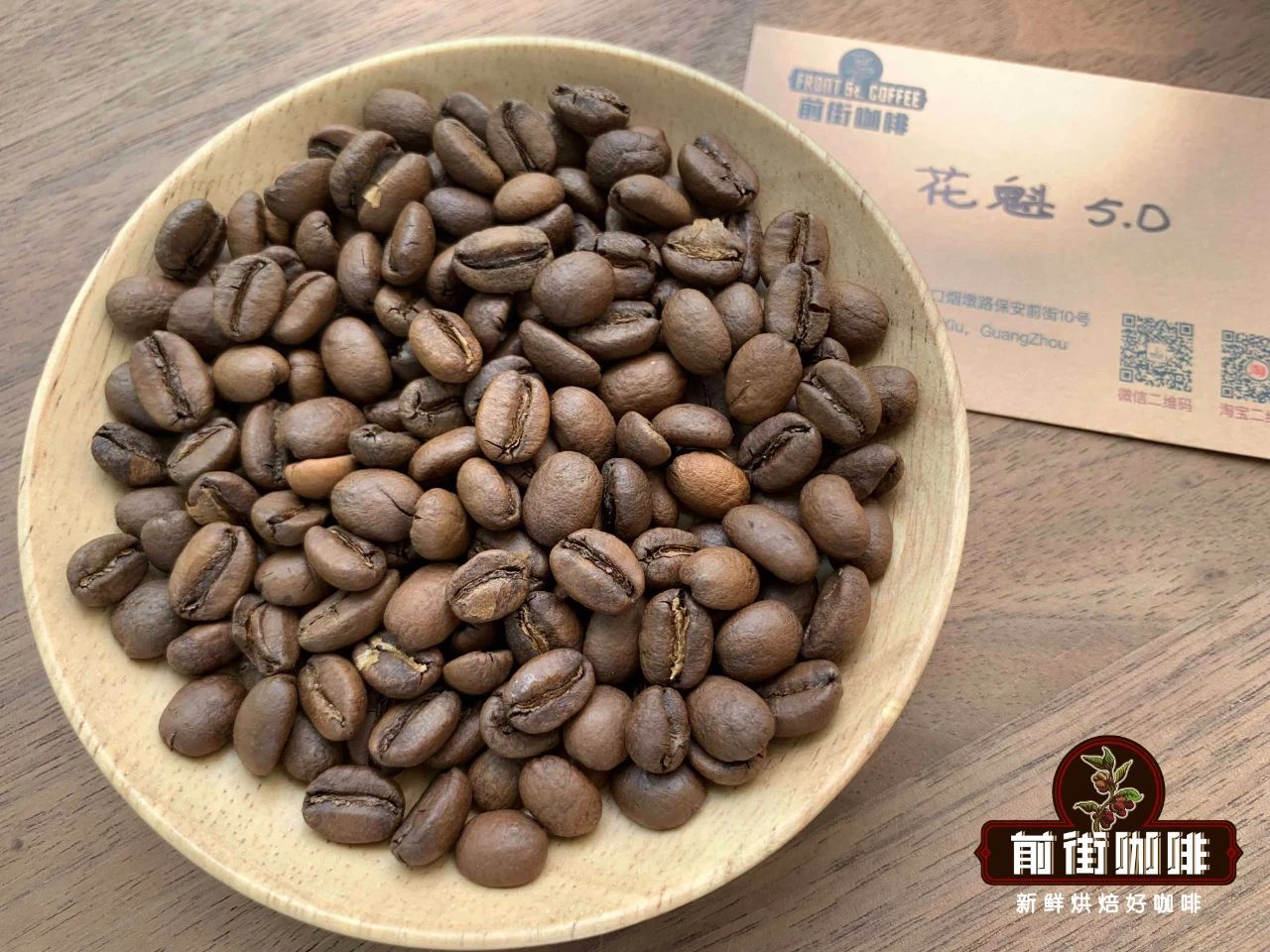
How to distinguish between Huakui coffee beans?
Open the search engine to search for Sakuran coffee beans, you will find Sakui 2.0, 3.0, 4.0. Here in front of the street, I will simply help you sort out the difference between these Sakuran coffee beans.
Let's go back to 2017, when a sun-dried coffee bean from DW's "Buku Aebl" processing plant won the champion of the TOH sunburn group, when Chinese raw bean merchants introduced the champion bean to China and named it "Sakuran". At this time this coffee bean has a strong strawberry and cream aroma. In addition, Li Jianfei from Beijing won the runner-up in the 2017 World Coffee Brewing Competition in China with this Sakui coffee (the other participating beans were rosy summer). This also adds a lot of fame to Huakui coffee beans. Note that at this time, Huakui Coffee Bean has the title of 2017 TOH champion bean.
Subsequently, DW increased to four processing plants in Humbera, namely "Buku Abel", "Buku Saysay", "Haro Soresa" and "Tirtiro Goye". Then it launched Sakui 2.0 in 2018, Sakuran 3.0 and 3.1 in 2019, Sakuran 4.0 in 2020, and Sakui 5.0 this year in 2021.
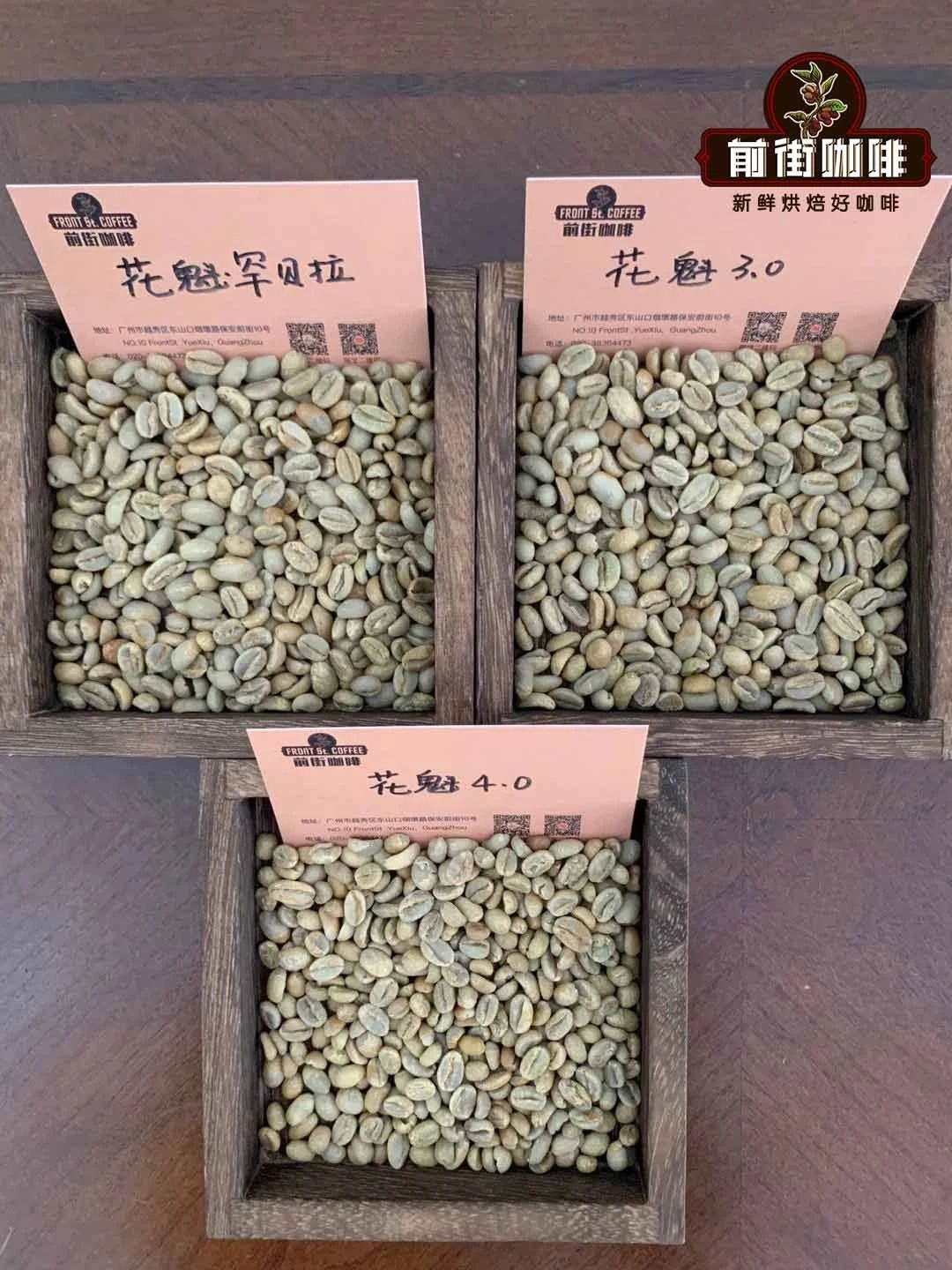
Therefore, it is not difficult to see that the naming of Sakui X.0 is based on the year, so when you see Sakui 3.0, you will know that it is the coffee beans of 2019 season, and when you see Sakui 4.0, you will know the coffee beans of 2020 season. In addition to the rule of year, Sakui coffee in 2017 is only sun-cured coffee beans processed by the "Buku Aebl" processing plant, while DW's processing plant is expanding and production is increasing year by year. Its flavor is also obviously different from that of Sakui in 2017. strictly speaking, only the sun-dried coffee beans treated by the "Buku Abel" processing plant can be called Sakui coffee beans.
The flavor and aroma of Xiaogui are very familiar with those of Sakuran in 2017. At the beginning, Qianjie drank a flavor similar to that of 17-year-old Sakuran in 2018 and 2019, but not as thick as 17-year-old Sakuran. Qianjie found that the main source of the aroma of Sakui in 2017 is that there are some particularly small-grain varieties of Sakui coffee beans, and similar small-grain coffee was also found in Sakui in 2018 and 2019. Starting from 2020, the processing plant will deal with the small grain Sakuran independently again, so the small grain Sakuran does not belong to the [X.0] series. Since 2020, DW will separate the small grain varieties to form the small grain Sakuran coffee beans.
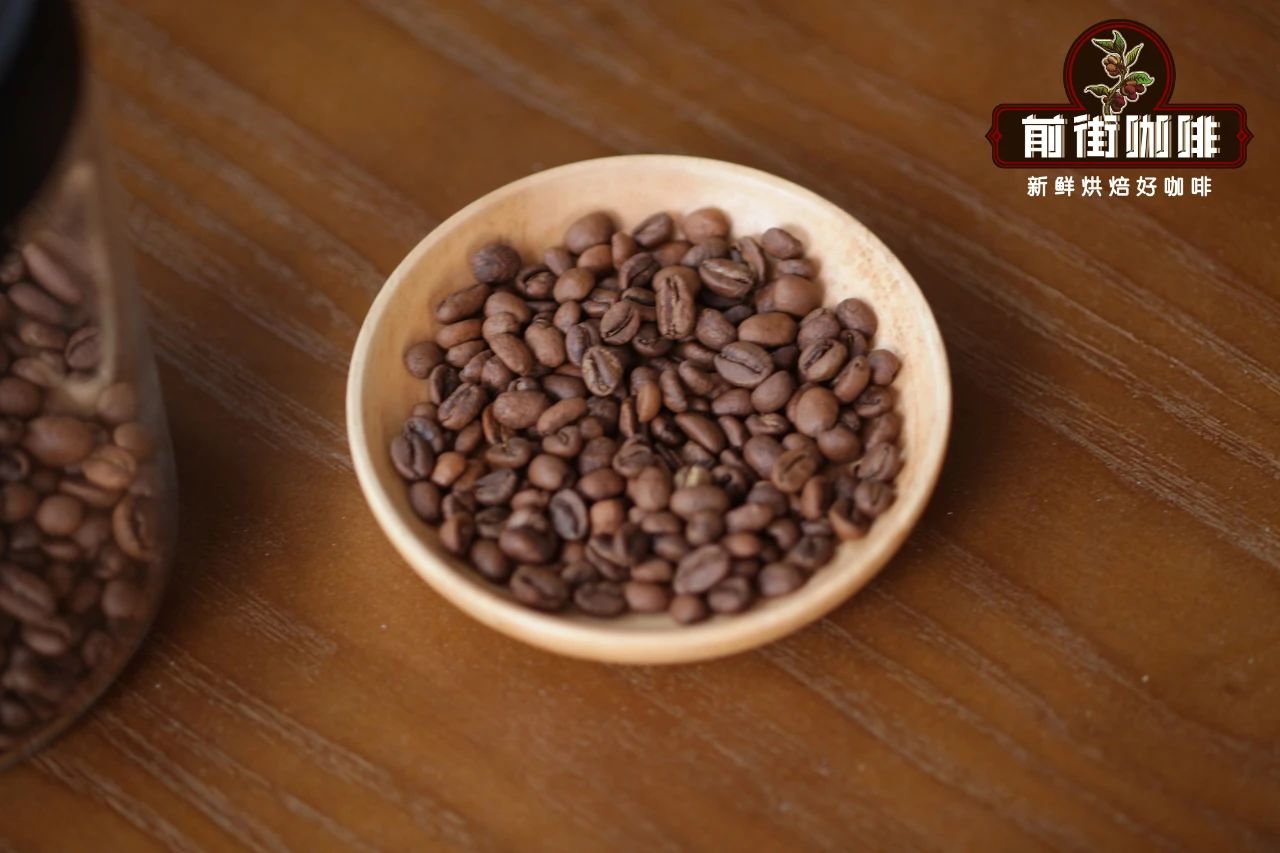
Comparison between Xiaogui and Huakui 5.0 coffee beans
First of all, the comparison of raw beans and cooked beans of Xiaogui and Huakui 5.0 was observed. both of them were coffee beans in the new season in 2021, and the granules of Xiaogui coffee beans were obviously smaller than those of Huakui 5.0. The proportion of small seed coffee beans was significantly higher than that of Huakui 5.0.

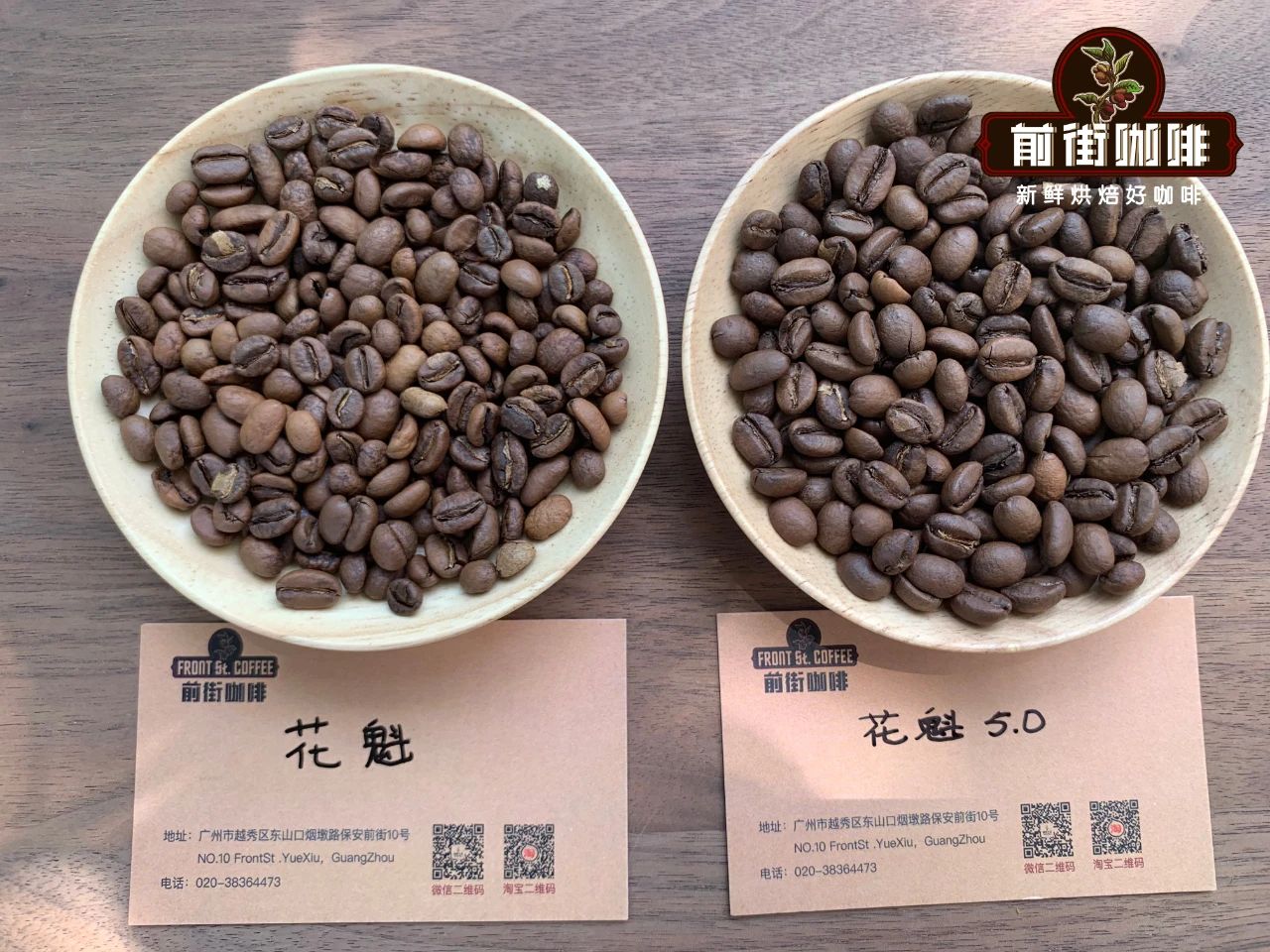
Qianjie roasted after getting Sakuran 5.0 and compared it with small-grained Sakuran coffee. Through the cup test, Qianjie found that the small Huakui coffee beans have deeper and stronger strawberry aromas and berry sweetness, while the 21-year-old Huakui 5.0 coffee is more active and brighter sour.
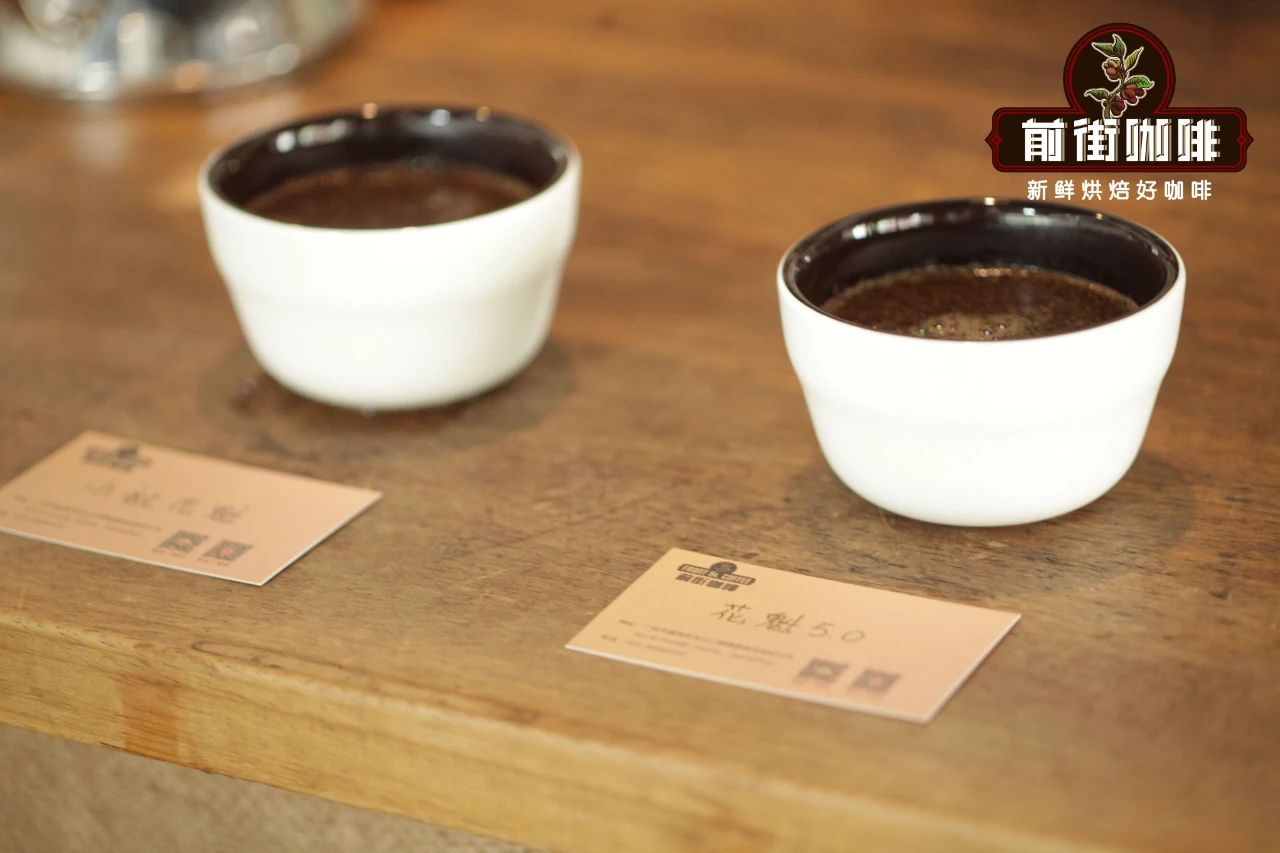
Xiaogui: creamy strawberries, citrus, passion fruit, fermented wine
Sakui 5.0: berries, oranges, honey, mangoes, flowers
From the cup test, the flavor of Xiaogui is more similar to that of the 2017 coffee beans, while Sakui 5.0 prefers the flavor of Guji (sour berries, flowers, juice).
Then let's take a look at the flavor comparison of hand-made coffee beans. These two coffee beans both use the following brewing schemes:
Filter cup: V600001
Water temperature: 90-91 ℃
Powder content: 15g
Powder / water ratio: 1:15
Degree of grinding: medium and fine grinding (Chinese standard No. 20 screen pass rate 80%)
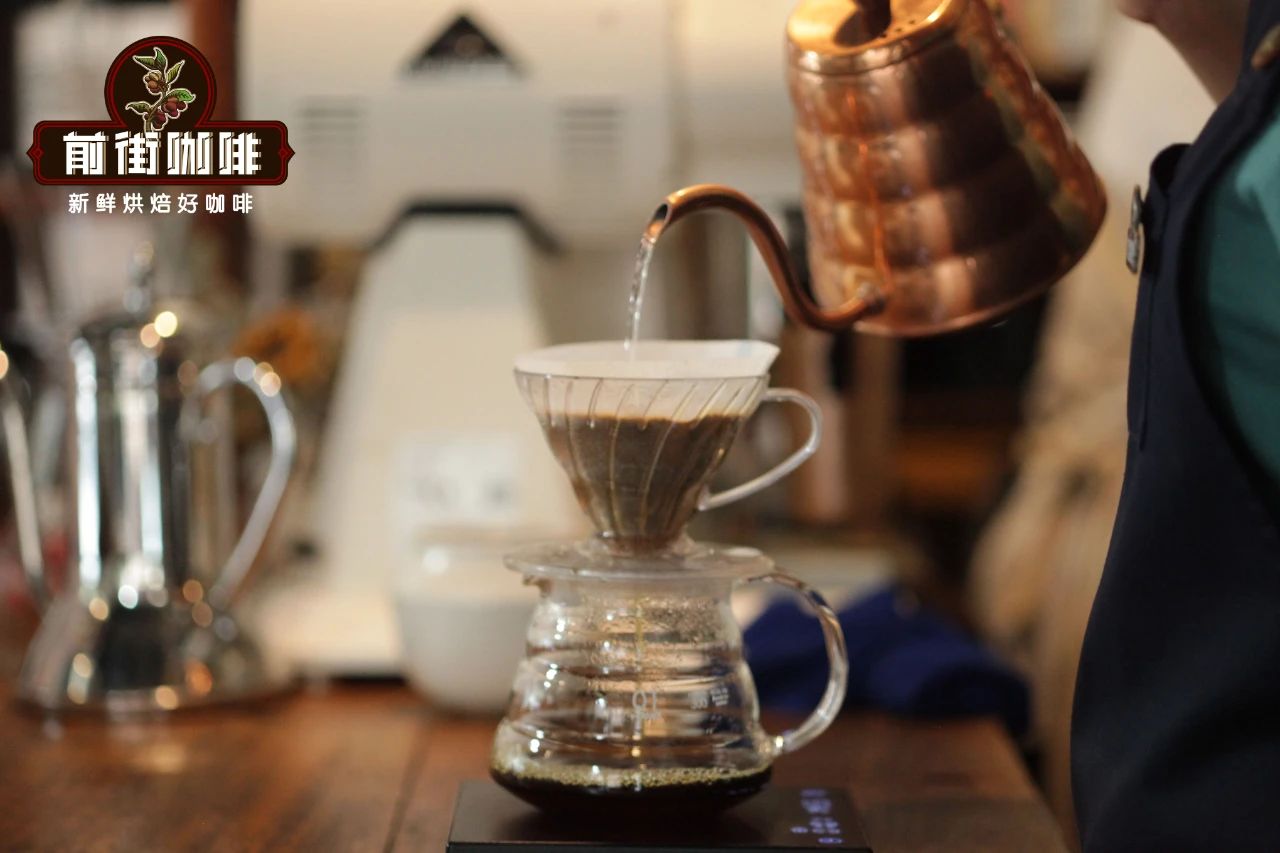
Cooking technique: three-stage extraction. Steam with 30 grams of water for 30 seconds, small water flow around the circle to 125 grams for sectional injection, water level drop is about to expose the powder bed, continue to inject water to 225 grams to stop injection, and so on when the water level drop is about to expose the powder bed, remove the filter cup, (steaming starts timing) the extraction time is 2 minutes 39 percent 00 ".
Flavor comparison
Small Sakuran: sweet aroma of berries, creamy strawberries, passion fruits, rich sweetness and full taste.
Sakui 5.0: the fragrance of flowers, the sour and sweet feelings of berries, citrus and plums, mango juice, honey and the sweetness of black tea.
Important Notice :
前街咖啡 FrontStreet Coffee has moved to new addredd:
FrontStreet Coffee Address: 315,Donghua East Road,GuangZhou
Tel:020 38364473
- Prev
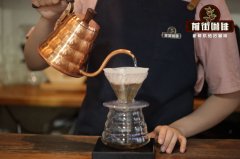
Can I use By pass to save your hand from making coffee? Handmade coffee bypass course
By pass, which originally means bypass, is often used in network security device application terms (refers to a network security device failure, in order to make each network in a state of connectivity to each other, then need By pass, physical connectivity). And the application of Py pass in hand-brewing coffee will also have unexpected state! By pass adds water to the coffee liquid.
- Next

Manual coffee entry-level filter cup recommends the correct use of smart cup brewing coffee grinding degree water temperature
Professional coffee knowledge exchange more coffee bean information please follow the coffee workshop (Wechat official account cafe_style) guide ah! It's too hard to inject water around! The current is so difficult to control. There is no coffee rookie can be easily used, easy to operate filter cup recommended! After reading this message, the barista in front street immediately moved out a coffee brewing apparatus with a set of immersion extraction and filter extraction.
Related
- Beginners will see the "Coffee pull flower" guide!
- What is the difference between ice blog purified milk and ordinary milk coffee?
- Why is the Philippines the largest producer of crops in Liberia?
- For coffee extraction, should the fine powder be retained?
- How does extracted espresso fill pressed powder? How much strength does it take to press the powder?
- How to make jasmine cold extract coffee? Is the jasmine + latte good?
- Will this little toy really make the coffee taste better? How does Lily Drip affect coffee extraction?
- Will the action of slapping the filter cup also affect coffee extraction?
- What's the difference between powder-to-water ratio and powder-to-liquid ratio?
- What is the Ethiopian local species? What does it have to do with Heirloom native species?

